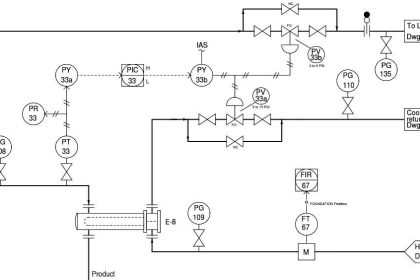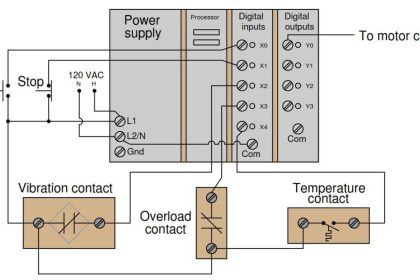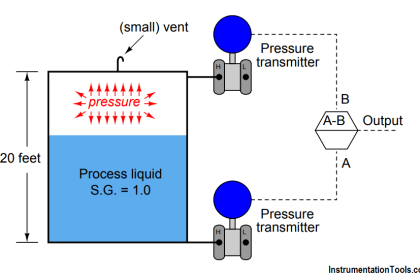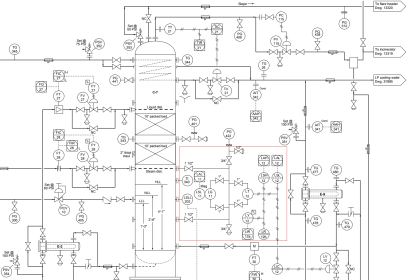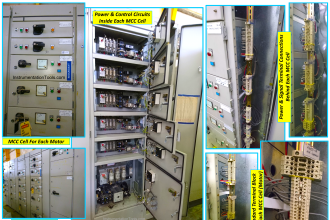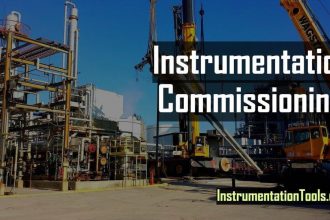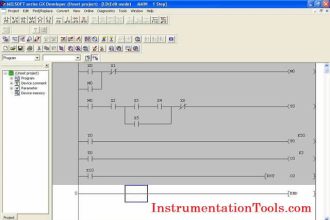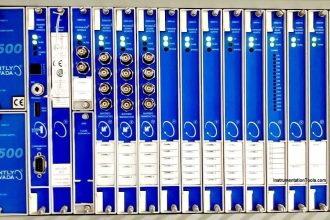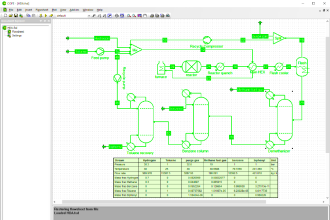One challenge technicians face when calibrating low-pressure instruments is how to generate very low air pressures to simulate different low-pressure conditions for the pressure instrument under test. Measuring low pressures is no problem at all: very simple manometers (or gauges) will do the job quite nicely.
Most mechanical air compressors, however, generate pressures far exceeding the range of most manometers. Though it is possible to purchase precision pressure regulators for reducing such large pressures down to a level measurable by a manometer, these devices are expensive.
Also Read: Pressure Gauge Testing
A simple way to “divide” the pressure output of a standard pressure regulator from a few PSI to a few inches of water is to use a pair of small valves (preferably needle valves allowing for precise adjustment) to throttle the flow of compressed air and vent the regulator’s output to atmosphere, then tap between those valves to obtain a reduced pressure:
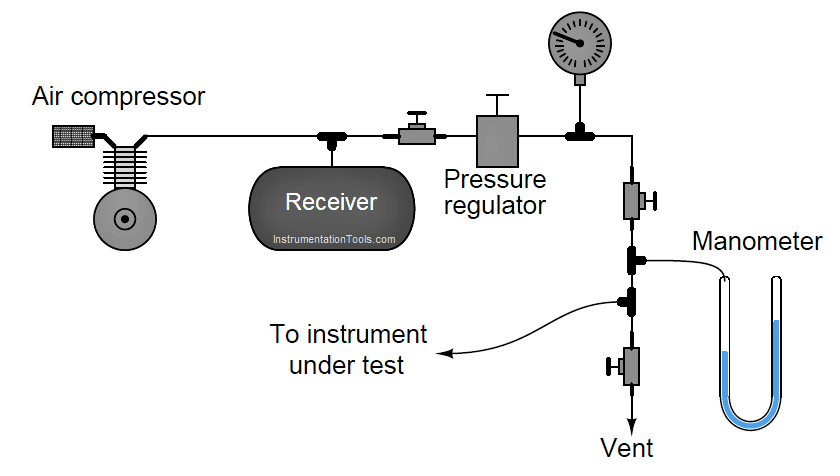
Draw an equivalent schematic diagram showing an electrical model for this pneumatic system, and then explain how it works:
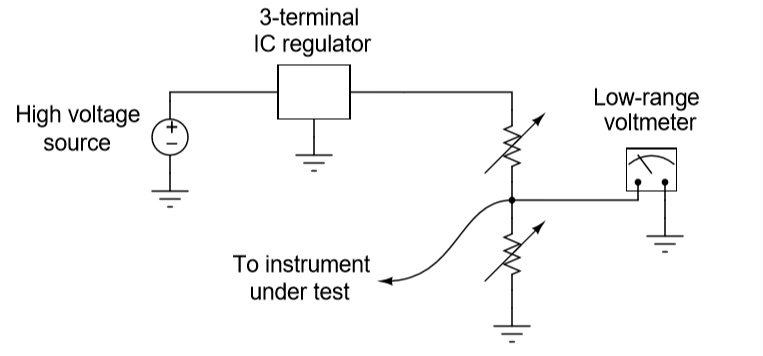
Share your explanation for the above equivalent circuit.
Questions for You:
1. Explain what you could do with one or both of the two needle valves to increase the amount of pressure sent to the instrument under test.
2. Explain why placing a valve in “series” with the regulator’s output will not adjust pressure to the instrument under test or the manometer.
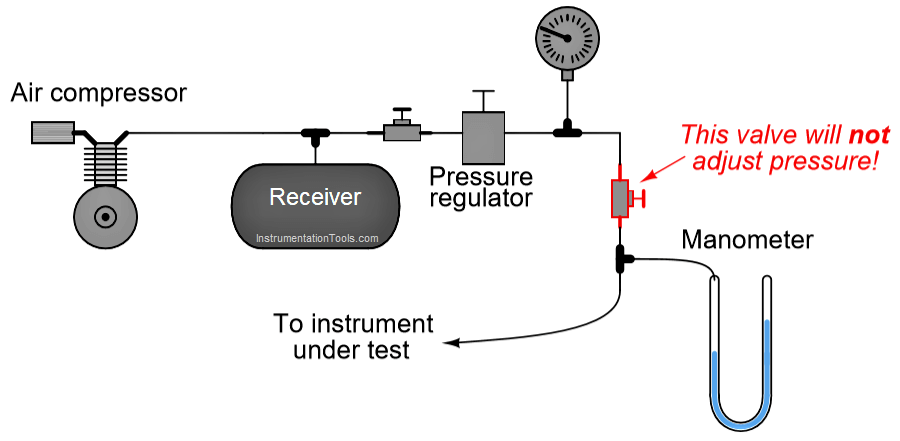
Share your answers with us through below comments section.
Read Next:
- What is Needle Valve
- Series-Parallel Resistor Circuit
- Questions on Control Valves
- Instrument Air Manifold
- Air Pressure Inside the Tank
Credits: Tony Kuphaldt

